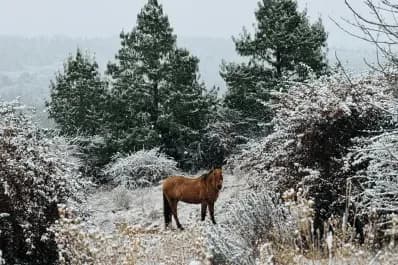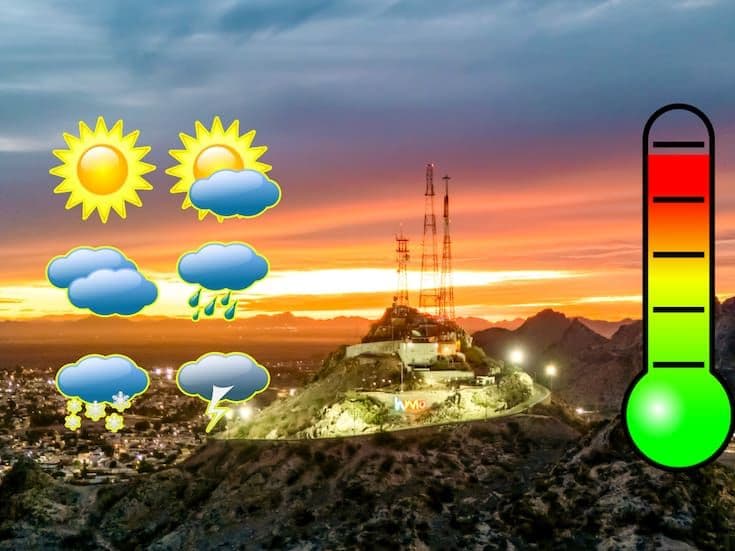From Humid Hues to Winter Whispers: Decoding Rosario's Climate Story
Discover Rosario's 'peculiar' climate. Dive into its hot, humid summers & short, cold winters. Understand daily life, local adaptation, & the city's unique weather rhythm.
The Rhythmic Pulse of Rosario's Atmosphere
, a vibrant city nestled along the , boasts a truly distinctive climate, one that pulses with its own unique rhythm throughout the year. It's often described as peculiar, characterized by clear, hot, and humid summers, starkly contrasting with winters that are typically short, cold, and partially cloudy. This annual dance of atmospheric conditions sees temperatures swing widely, generally ranging from a chilly 6°C to a warm 31°C. However, the city isn't a stranger to extremes, with occasional dips below freezing or scorching peaks exceeding 35°C, reminding residents to always be prepared. With an average annual precipitation of 1081 mm, experiences a significant amount of rainfall, though its distribution varies seasonally. Daily forecasts, like a recent Tuesday morning, frequently highlight this variability: waking up to a sky blanketed in clouds and a palpable humidity, often accompanied by morning fog banks that weave through the city streets. Even on cooler days, wind gusts can be noticeable, reaching speeds of 28 to 30 kilometers per hour. This dynamic interplay of sun, clouds, wind, and temperature truly defines the atmospheric pulse of , shaping daily life and informing how its inhabitants navigate their surroundings.
Summers: When Heat and Humidity Define the City
When the calendar flips to summer, truly embraces its reputation for being clear, hot, and undeniably humid. This season isn't just warm; it's an immersive experience of heat that permeates every corner of the city, often pushing temperatures well beyond the typical annual high of 31°C, with occasional sweltering days soaring past 35°C. The humidity, a constant companion during these months, amplifies the sensation of warmth, making the air thick and heavy. Imagine stepping outside and feeling the embrace of the atmosphere, a gentle reminder that you’re truly in a humid subtropical zone. While the sun often shines brightly, it also brings a significant level of ultraviolet radiation, underscoring the importance of sun protection for residents and visitors alike. This combination of intense heat and pervasive humidity dictates a slower pace of life, encouraging siestas, refreshing drinks, and seeking respite in the shade or air-conditioned spaces. The city’s rhythm shifts to accommodate these conditions, with outdoor activities often planned for early mornings or late evenings when the sun's intensity wanes, and the air offers a brief, welcome reprieve.

Winters: A Fleeting Chill and the Embrace of Fog
As the humid hues of summer fade, transitions into its brief yet distinct winter, a season marked by a noticeable chill and a characteristic embrace of fog. Unlike the extended cold snaps experienced in other regions, winters are often described as short, bringing with them cold, partially cloudy days. While the average annual minimum temperature hovers around 6°C, the mercury isn't shy about occasionally dipping below zero, especially during the early morning hours, delivering a sharp, crisp bite to the air. A defining feature of these colder months is the high percentage of humidity, which, coupled with cooler temperatures, frequently gives rise to dense fog banks. These misty veils can envelop the city and its surroundings in the early hours, reducing visibility and adding a serene, almost mysterious quality to the urban landscape. Days often remain largely overcast, with cloud cover lingering, yet surprisingly, precipitation remains low, meaning clear skies are less frequent, but rain is not a common companion. This interplay of cool temperatures, persistent humidity, and pervasive fog creates a unique winter ambiance, a stark contrast to the vibrant summer energy.

Adapting to the Extremes: Life with Rosario's Shifting Skies
Living in means embracing a dynamic relationship with the weather, a constant dance of adaptation to its shifting skies. Residents become adept at interpreting daily forecasts, often asking themselves, "Should I grab a jacket and umbrella, or light clothing and a cap today?" This isn't merely a casual thought; it's a practical necessity driven by the city's peculiar climate, where temperatures can swing dramatically even within a single day. The intense summer heat and humidity demand strategies for staying cool and hydrated, from seeking refuge indoors to enjoying the city's riverside breezes. Conversely, the brief but cold winters call for layers, as morning chills give way to milder afternoons, and the pervasive fog necessitates careful navigation, especially for commuters. While significant rainfall is part of the annual cycle, daily precipitation probabilities are often low, yet the ever-present cloud cover during cooler months suggests a readiness for varied conditions. This continuous engagement with the climate fosters a resilient community, where preparedness isn't just about what to wear, but how to live comfortably and safely amidst wonderfully unpredictable atmospheric ballet.
The Science Behind the Swings: What Shapes Rosario's Climate
Unpacking the "peculiar" nature of climate reveals a fascinating interplay of meteorological factors that contribute to its distinctive seasonal swings. The city's location in a region that experiences both hot, humid air masses and cooler, drier influences explains the significant annual temperature variation, ranging from lows that can dip below freezing to highs soaring past 35°C. The prevalence of humidity, particularly evident in the "calurosos y húmedos" summers and the "alto porcentaje de humedad" during foggy winter mornings, points to consistent moisture availability, likely from its proximity to the vast basin. This moisture, combined with temperature fluctuations, fuels the dense fog banks that become a hallmark of the colder months. The annual precipitation of 1081 mm suggests a humid subtropical classification, where rainfall is generally abundant but varies in intensity and frequency throughout the year. The descriptive terms used, such as "clear summers" and "partially cloudy winters," highlight the dynamic atmospheric conditions, where different air pressure systems and fronts regularly influence cloud cover, wind patterns, and the likelihood of rain. It’s this complex blend of geographical positioning and atmospheric dynamics that orchestrates unique climate story, a constant ebb and flow of conditions that keeps both meteorologists and residents on their toes.
Related Articles

Rosario's Temperamental Skies: Decoding the City's Unique Climate Story

Rosario's Temperamental Skies: Decoding the City's Unique Climate Story

Rosario's Atmospheric Embrace: Navigating the City's Seasonal Charms

Rosario's Atmospheric Embrace: Navigating the City's Seasonal Charms

When Winter Feels Like Summer: Unpacking Tucumán's Climate Paradox

When Winter Feels Like Summer: Unpacking Tucumán's Climate Paradox

Hermosillo's Fiery Pulse: Navigating Life in Sonora's Sizzling Heart
